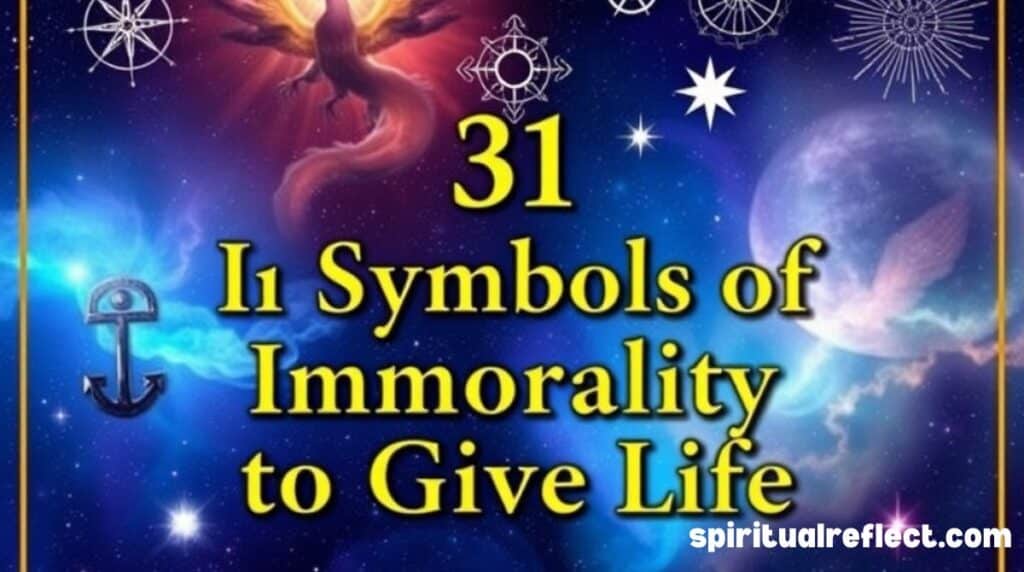Immortality refers to the state of living forever, untouched by time or death. It’s the concept of eternal life, where aging, decay, and mortality are absent. Across civilizations and centuries, humans have imagined and pursued everlasting life through myths, science, and spiritual beliefs. Whether seen in the gods of immortality or in the dream of extending life through medical breakthroughs, immortality represents the ultimate escape from the human condition—one that defies the natural cycle of life and death.
Throughout history, the idea of immortality has sparked wonder, obsession, and countless stories. From the flaming rebirth of the phoenix to the cosmic symbolism of the Ouroboros, cultures around the world have used sacred symbols to represent this powerful idea. These enduring symbols continue to shape art, faith, and identity, serving as bridges between the seen and unseen, the mortal and the eternal.
In modern times, the search for biological immortality drives scientific innovation, while ancient spiritual symbols still offer comfort and meaning. The myth of the immortality flower, the timelessness of the circle symbol, and the divine strength of the Tree of Life reveal just how deeply embedded this desire is in the human psyche. Immortality, whether real or symbolic, continues to fuel imagination, belief, and the quest for something beyond the limits of flesh and bone.
Mythological Symbols of Immortality
These symbols are rooted in folklore, sacred texts, and mythological stories passed down through generations.
Tithonus — The Curse of Immortality Without Youth
A tragic figure from Greek mythology, Tithonus was granted immortality by the goddess Eos, but not eternal youth. Over time, he withered into a shell of his former self, eternally alive but unable to function. His tale warns that everlasting life without balance can become a burden.
“Tithonus teaches us that to live forever is not enough; we must remain whole in body and spirit.“
Phoenix — Rebirth Through Fire
The phoenix, a fiery bird found in Egyptian, Greek, and Chinese mythology, bursts into flames upon death and is reborn from its ashes. It embodies rebirth, transformation, and resurrection, making it one of the most iconic immortality symbols.
Symbol Traits:
- Rebirth and renewal
- Cycle of life and death
- Immortality through transformation
Ambrosia & Nectar — Food of the Gods
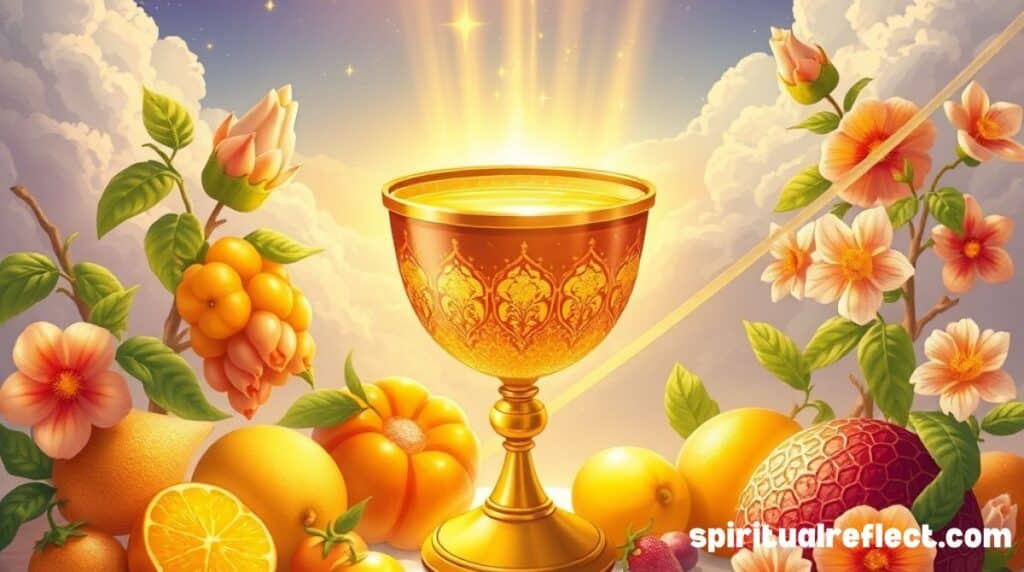
In Greek myth, the gods of Mount Olympus consumed ambrosia and nectar to sustain their divine immortality. These sacred substances were considered literal elixirs of eternal life.
Golden Apples of the Hesperides
These apples granted eternal youth to anyone who ate them. Guarded by nymphs in the Garden of the Hesperides, they represent divine intervention and the fragility of eternal youth.
ALSO READ: Bird Flying into Window: 8 Spiritual Meanings
Elixir of Life — Alchemical Quest
In Taoist and alchemical traditions, the Elixir of Life promised biological immortality. Ancient Chinese alchemists sought it using mercury, herbs, and minerals—a pursuit that led to both breakthroughs and disasters.
Sacred and Religious Symbols of Immortality
Rooted in spiritual belief, these symbols reflect deeper truths about eternity and the soul.
Ankh — The Egyptian Key of Life
The Ankh is one of the oldest and most powerful sacred symbols of eternal life. Often depicted in the hands of gods like Osiris and Isis, the Ankh represents the union of life and death.
| Feature | Description |
|---|---|
| Origin | Ancient Egypt |
| Meaning | Life, immortality, fertility |
| Common Use | Amulets, tomb carvings, jewelry |
Shouxing — God of Immortality in Chinese Folklore
Known as the god of immortality, Shouxing carries the peach of eternal life. In Chinese astronomy, he is often depicted with a high forehead, a staff, and a long beard—symbols of longevity.
Kalasha (Pot of Amrita)
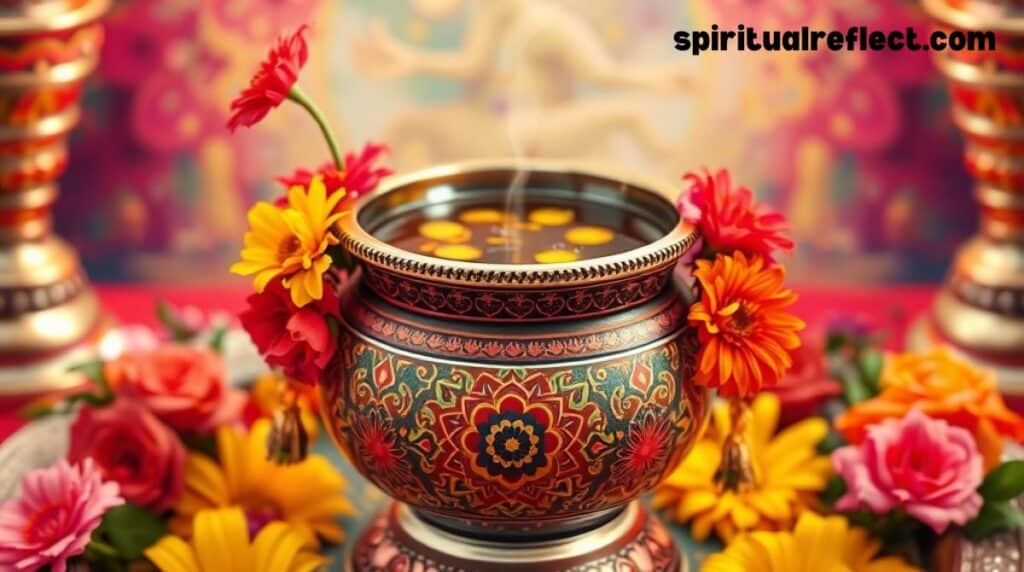
In Hindu ritual, the Kalasha symbolizes the divine nectar of immortality. It is used in sacred ceremonies to invoke divine beings and represents spiritual abundance and eternal energy.
Amrita — Nectar of Immortality
A Sanskrit word meaning “immortality,” amrita is the essence of immortal power in Hindu mythology. During the Samudra Manthan, gods and demons churned the ocean to obtain it.
Chintamani Stone
A wish-fulfilling jewel in Buddhist and Hindu traditions, it symbolizes divine wisdom, spiritual wealth, and immortality of the soul.
Natural and Celestial Symbols of Immortality
Nature offers stunning metaphors for timelessness and cosmic balance.
Reishi Mushroom — The Immortality Fungus
Known as Lingzhi in Chinese, the Reishi mushroom has been revered for over 2,000 years. It has healing properties said to promote longevity, immune health, and spiritual clarity.
Peach Tree
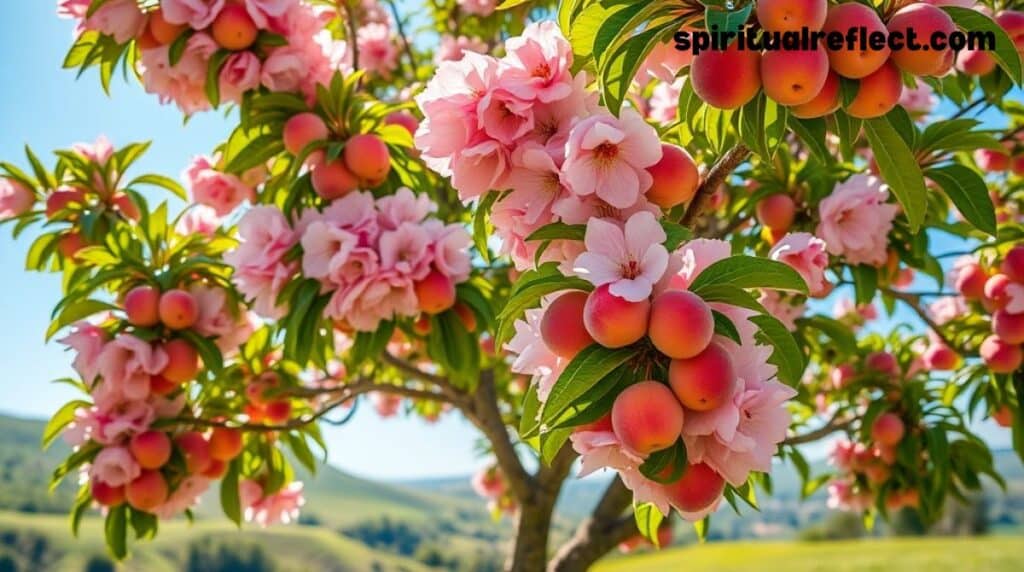
In Chinese mythology, the peach is sacred to Xi Wangmu, the Queen Mother of the West. Her peach tree bears fruit every 3,000 years and grants immortality to those who eat it.
Tree of Life
Found in Norse, Celtic, Mesopotamian, and Abrahamic traditions, the Tree of Life represents the interconnectedness of all beings. It symbolizes eternal life, rebirth, and cosmic order.
Moon
The moon represents the life cycle, resurrection, and eternal return. It has been linked to immortality in stories like that of Chang’e, the Chinese moon goddess who became immortal.
North Star (Polaris)
A constant celestial marker, the North Star has long symbolized guidance, eternity, and unchanging truth in both navigation and spiritual belief.
Sun
Source of life and celestial immortality, the sun represents divine power. In Aztec, Egyptian, and Hindu beliefs, the sun plays a role in both creation and eternity.
Coral

Despite being marine life, coral has been seen as a stone of protection and eternal energy, especially in Mediterranean and Hindu cultures.
Pear Tree
In Korean, Chinese, and Japanese cultures, the pear symbolizes immortality, grace, and nobility.
Abstract and Geometric Symbols of Immortality
Shapes can be more than design—they often represent spiritual symbols of the infinite.
Circle Symbol
The circle is a universal representation of timelessness, completeness, and eternity. It appears in Zen philosophy as the enso, a hand-drawn circle that symbolizes enlightenment and the universe.
Infinity Symbol (∞)
This modern symbol suggests boundless energy, unending life, and the divine loop of existence.
Ouroboros
The Ouroboros is an ancient serpent eating its own tail, symbolizing eternal return, regeneration, and the unity of all things. Found in Egyptian, Greek, and Norse texts.
Knot of Eternity
A key Tibetan Buddhist symbol, the eternal knot reflects the interconnectedness of all beings and the infinite cycle of birth, death, and rebirth.
Nyame Nnwu na Mawu
This Adinkra symbol from Ghana means “God never dies.” It stands for divine immortality and the eternity of the soul.
Djed Pillar
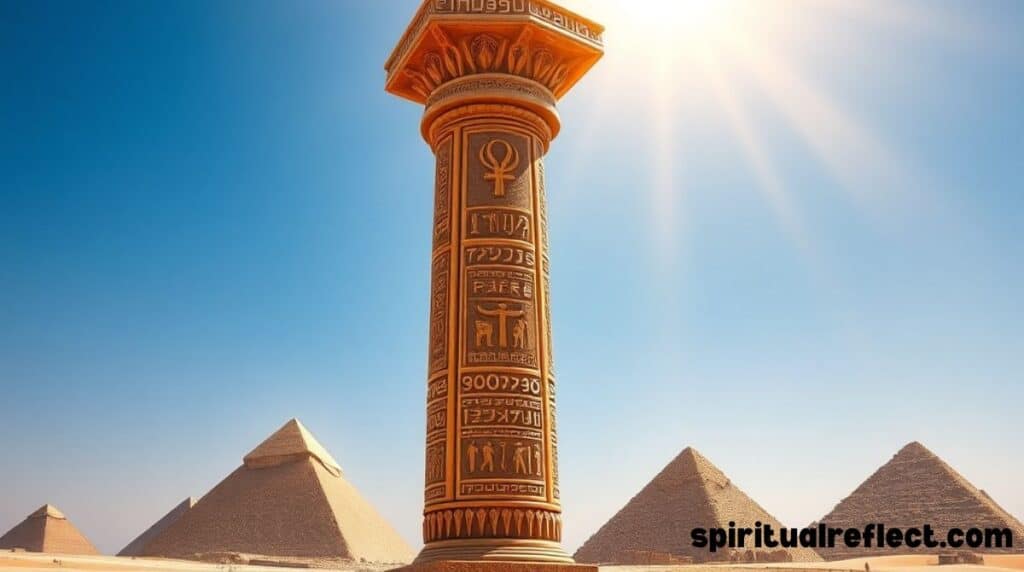
An Egyptian symbol of stability and everlasting life, the Djed pillar was closely associated with Osiris, the god of the underworld.
Animal and Biological Symbols of Immortality
In nature, some creatures exhibit signs of biological immortality or symbolic meaning tied to eternal life.
Tortoise
Known for its longevity, the tortoise represents wisdom, resilience, and supernatural longevity. In Feng Shui, it anchors energy and ensures a long life.
Crane
In East Asia, the crane is a spiritual symbol of peace and immortality. Japanese legend says folding 1,000 paper cranes grants a wish.
Dragon
In Chinese mythology, the dragon is immortal, wise, and a bringer of rain and vitality. It’s a symbol of celestial power and spiritual transformation.
Butterfly
Often associated with the soul, the butterfly symbolizes rebirth and the eternal cycle of life. In Greek and Aztec cultures, it was seen as the spirit of the departed.
Jellyfish
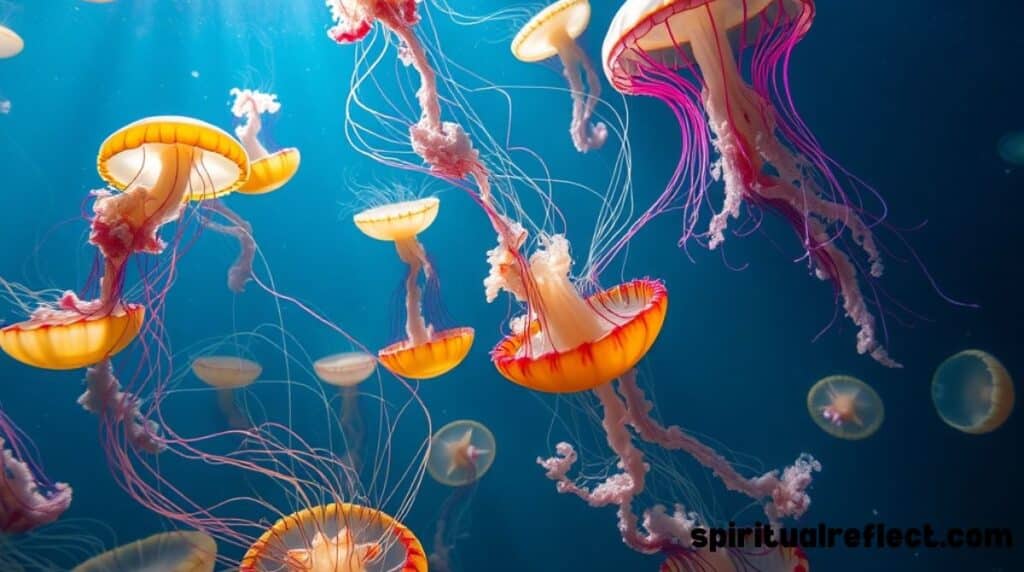
Some species, like Turritopsis dohrnii, are biologically immortal. They can revert to earlier life stages, defying death. This makes the jellyfish a literal example of biological immortality.
Tardigrade
These micro-animals can survive in space, extreme heat, and radiation. Their resilience makes them a powerful modern metaphor for eternity and survival beyond known limits.
Immortality Flowers and Plants
Certain plants have become immortal flowers, symbolizing undying love, remembrance, and rebirth.
| Flower | Symbolism | Region |
|---|---|---|
| Amaranth | Undying love, eternal beauty | Ancient Greece |
| Wisteria | Longevity, honor | Japan, China |
| Gomphrena (Globe Amaranth) | Immortality, enduring affection | Asia, Latin America |
| Tradescantia | Regeneration, spiritual renewal | North America |
| Celosia | Flame of the soul, immortality | West Africa |
| Xerochrysum | Everlasting life, memory | Australia |
Conclusion
Immortality has fascinated people for thousands of years. It appears in legends, religions, art, and even modern science. From the phoenix rising from ashes to the Tree of Life standing tall through time, these symbols show our deep hope to live forever. They speak of dreams, strength, and the desire to escape death.
Today, immortality is more than just a myth. Scientists study ways to slow aging, while spiritual beliefs still honor the soul’s eternal journey. Whether it’s through faith, nature, or medicine, the idea remains powerful. It reminds us that while our bodies may not last forever, our stories, beliefs, and hopes can.

Rana Ahmad is the creator of Spiritual Reflect, where she shares insights on personal growth, mindfulness, and meaningful living to inspire a more intentional life.

